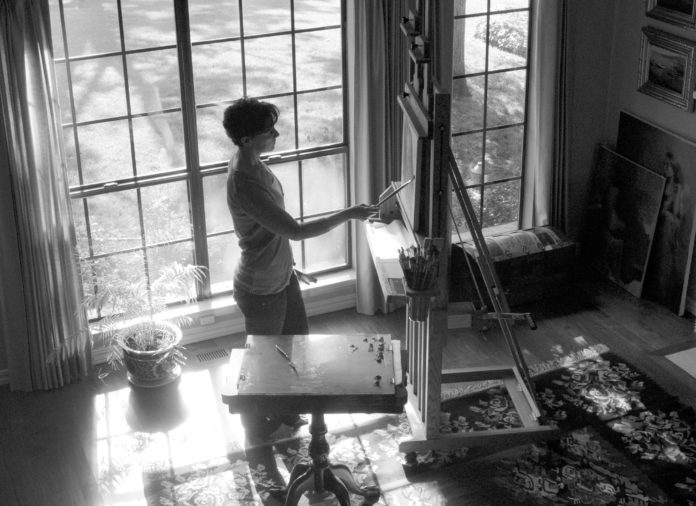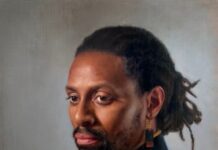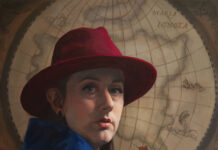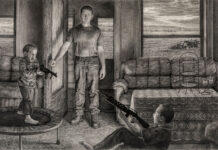How one artist shed self-imposed limitations and gathered experiences as tools: “It was important to shed those skins, put my ego on a shelf—however painful and humbling the process—and open up to what else I might learn.”
The following was originally written and published in 2013, and has been slightly revised to be more current.
A Peek Inside an Itinerant Artist’s Toolbox
BY LYNN SANGUEDOLCE
When I think of the various opportunities for students today on their paths to learn about painting, they contrast sharply with the artistic “road less traveled” that some of us have been on. Sometimes life’s circumstances prevent us from following what we think is our heart’s desire.
For many years, I was unable to commit to a long period of study at an art school, atelier or with a specific teacher/mentor. I moved frequently (12 homes in 25 years, up and down both coasts with a stint living in the desert) and became immersed in my role as a mom. My art education, career and growth progressed in fits and starts as circumstances and my stamina allowed.
Having both a persistent and open-minded nature, I was drawn to explore a variety art processes and means of expression whenever and wherever I could. These factors contributed to the broad range of subject matter, mediums and styles in my work. Not a good thing for “branding” perhaps, but a great thing for acquiring skills or “tools for my toolbox.”
My artistic roots are found on the East Coast where I was born into a family of artists. My dad’s art studio was a wonderful playground to me. I knew I was different from the other kids in my neighborhood. Instead of toy kitchens, I had quill pens, India ink, and tempera paints. My parents also encouraged a love affair with nature. These were my first tools . . .
My formal art education began after high school at the School of Visual Arts, where I studied life drawing and illustration for several years. It was here, under the guidance of my teacher Sam Martine, that I became enamored with composition, shapes, and gesture. I picked watercolor as my medium of choice. (This felt like a natural transition from my tempera paints.)
Later, when I became an illustrator, making frequent contributions to periodicals such as Readers Digest, I had the opportunity to continue refining composition and selection skills and to learn good work habits. More to add to my toolbox.
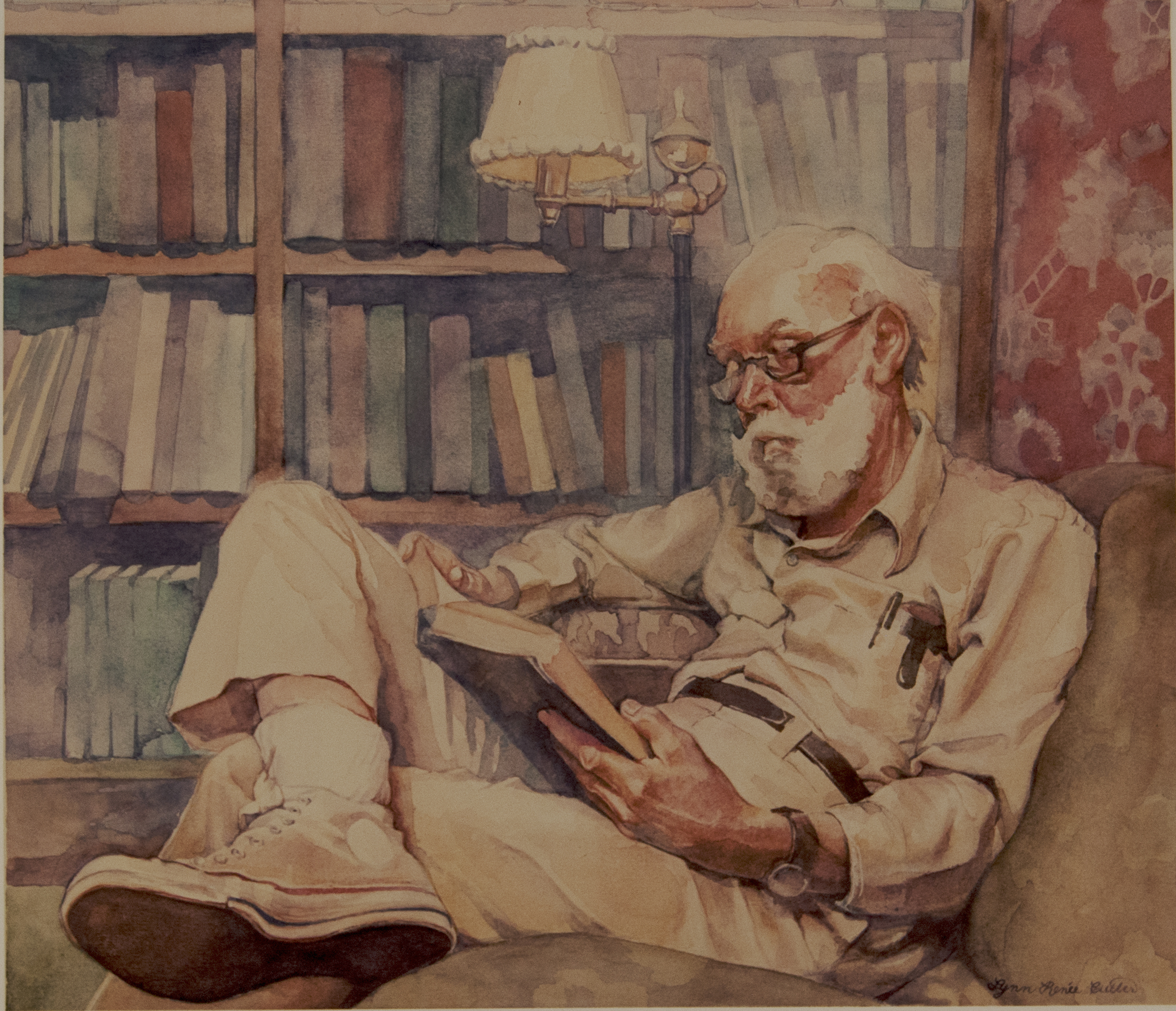
I, along with my toolbox, might have remained this way forever if it wasn’t for that fateful day in 1989 when Sam recommended that I check out an exhibit of the work of a Spanish painter I had never heard of, at the IBM Galleries in New York City. His name was Joaquin Sorolla.
My reaction was immediate. My heart pounded and my pulse quickened. The color relationships in those Sorolla paintings were so luscious I wanted to eat them. In the days and weeks that followed, a nagging and persistent voice taunted, dared and eventually lured me to purchase oil painting supplies and venture outside of the studio door.
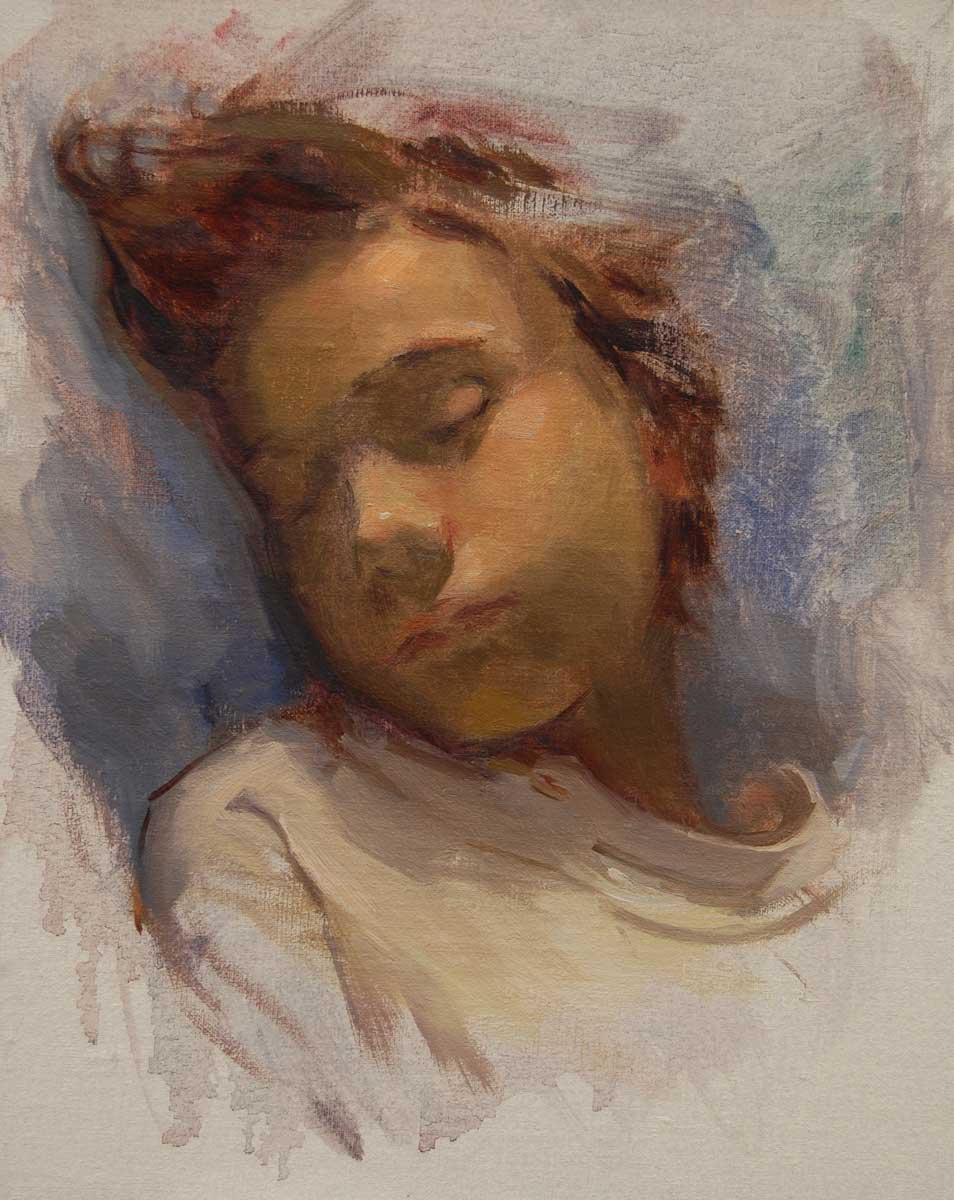
Enter Impressionism (yes, I removed black from my palette) and wow!—the paintings of Willard Metcalf. When I worked with the thickness and sensuousness of the oil paint texture, it was fantastic! I grew to love the scent of unwrapping a fresh roll of primed canvas and the process of stretching it.
The color relationships out in nature made me deliriously happy. My hands (and brain) were clumsy and awkward in the presence of the new tools and materials. It was an incredibly humbling and daunting experience to, in effect, start over and learn a completely new way of working. What kept me going was all the joy in the process, and I was on an absolute mission to capture nature. It was during this time that I put a great deal of focus into developing my “color vocabulary.” I learned about how to mix colors in this incredible outdoor laboratory. More tools.
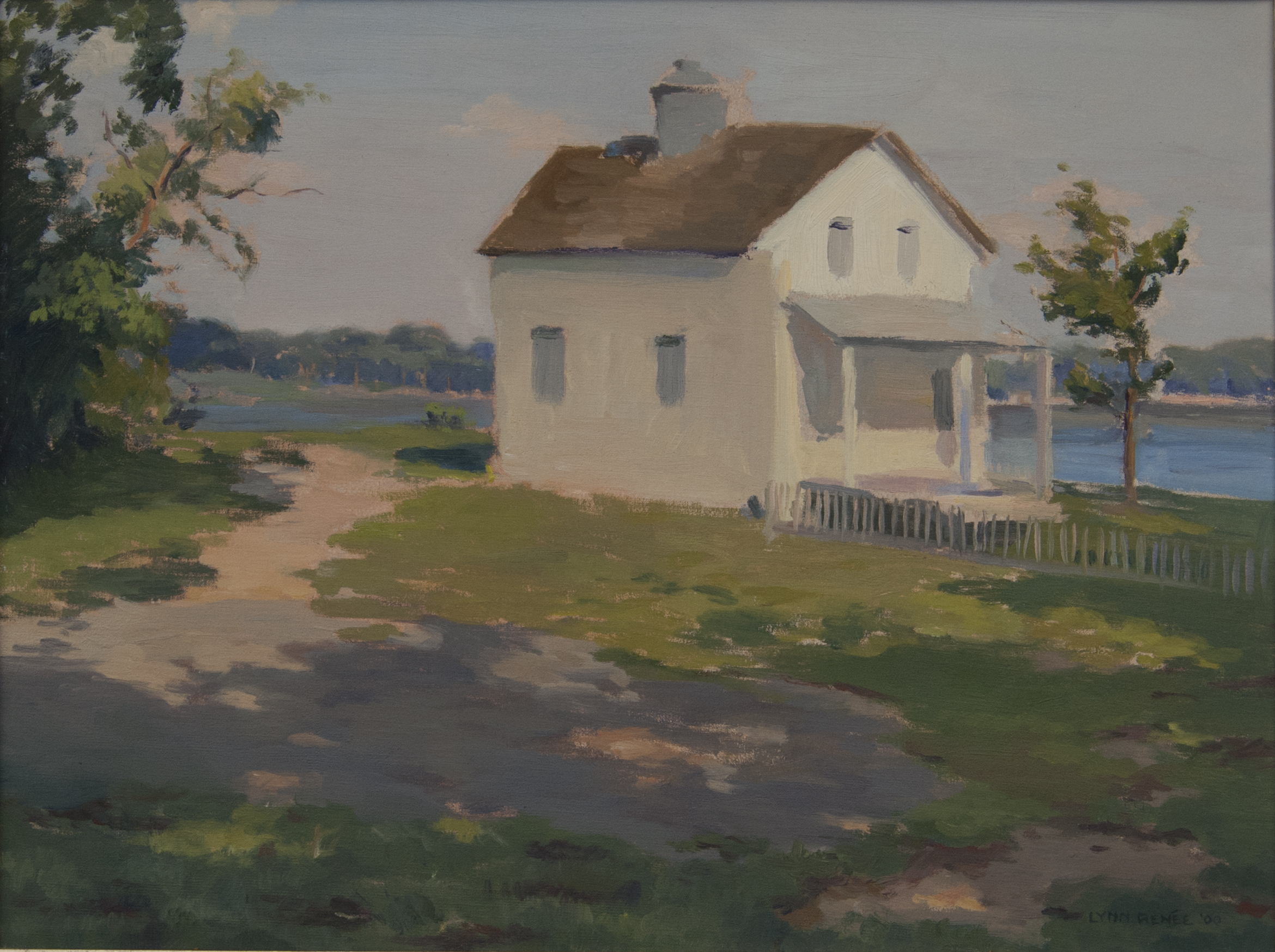
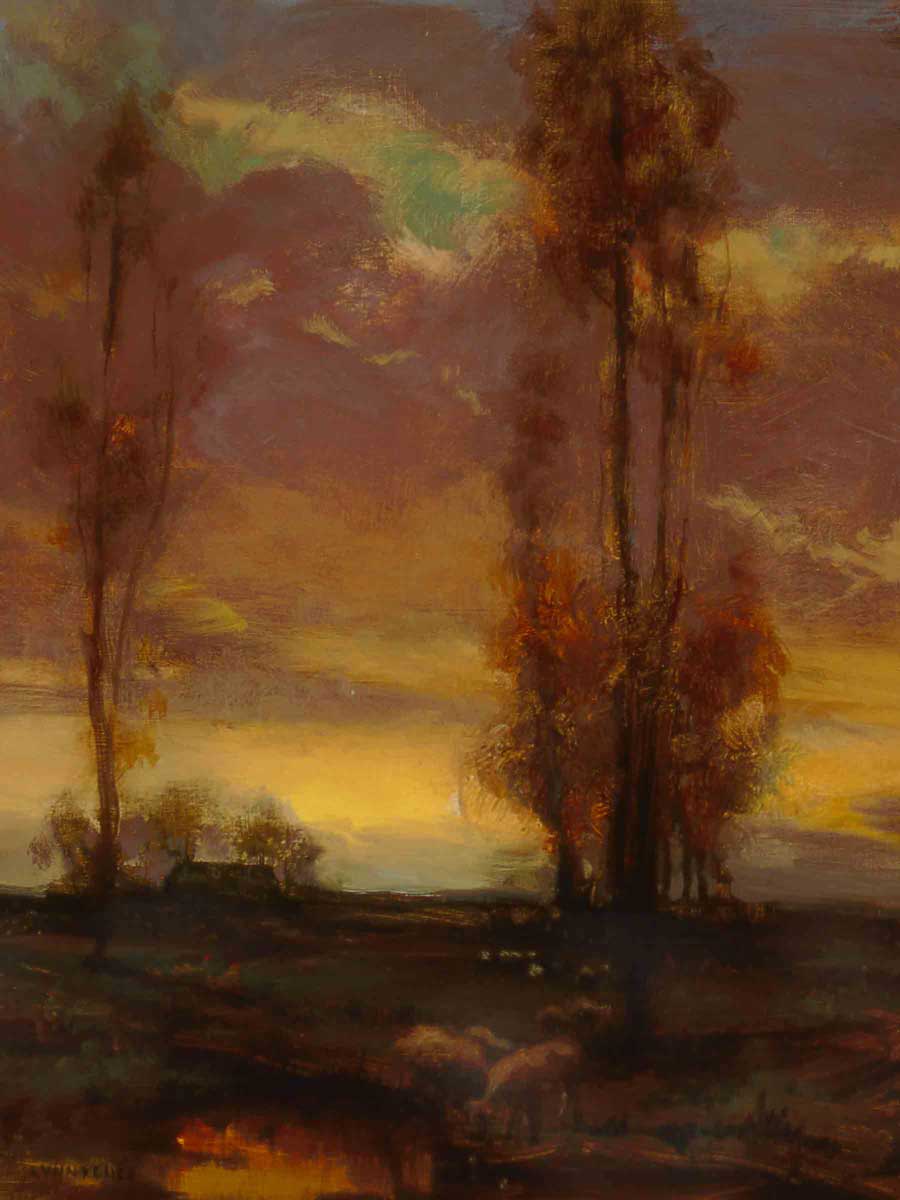
I remember this as one of the very happiest and most fulfilling times of my life, but there came a point when I had to admit to myself that my paintings did not meet my expectations. I couldn’t come close to painting the beauty I saw. Figuring out that there was much more to learn than what I could possibly teach myself, I reached out to some great instructors.
I found John Phillip Osborne, at the Ridgewood Art Institute in New Jersey. John taught direct painting methods, introduced me to the work of George Inness, and reconfirmed the importance of painting from life. Fifteen years, and many miles of canvas later, I took a Tonalist landscape painting workshop with Dennis Sheehan, who graciously shared his knowledge of indirect painting methods and adding mood to paintings. More great tools.
And again, things might have gone on just like this for the rest of my life, if it hadn’t been for the moment in Dennis’ studio when I happened to notice some incredibly soulful head studies he had painted that were leaning against the wall. I can clearly remember thinking, “Oh no.” After devoting over 15 years to the study of landscape, I glimpsed something that my mind could not erase. The question of whether I was an Impressionist or Tonalist faded as a stronger current pulled and drew me back to painting figures.
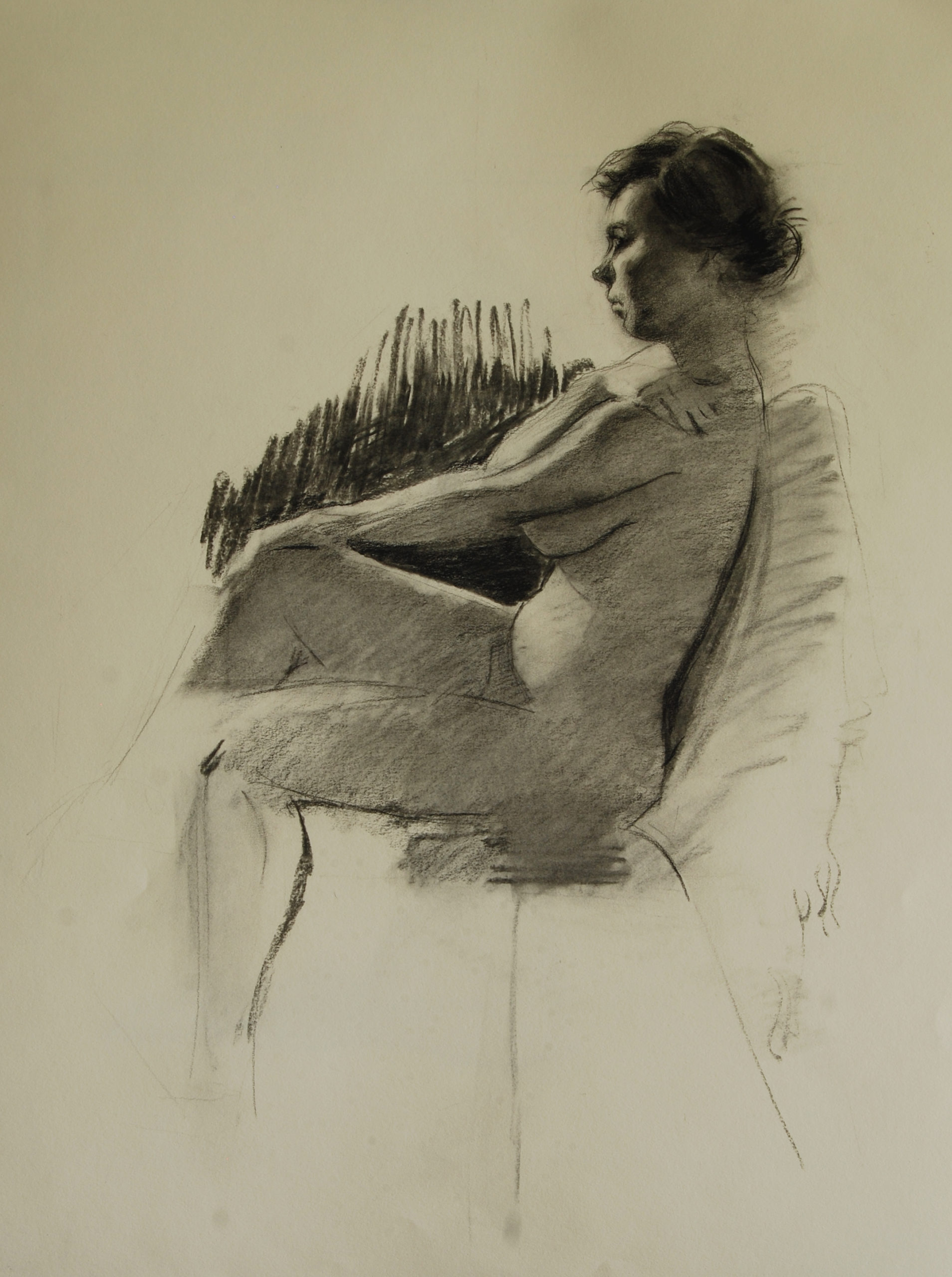
This process, again and again, of dismantling preconceived perceptions of what I thought defined me really cut to the quick, but I kept going. I was very lucky to have the opportunity to study with John Frederick Murray in Tucson, who showed me the benefit of making Master copies, and helped me to develop an understanding of many important painting principles.
I continued on with other instructors and am so grateful for my time with Glen Orbik at the California Art Institute, who taught me so much about the structure of the head. I feel very indebted to Jeremy Lipking as well.
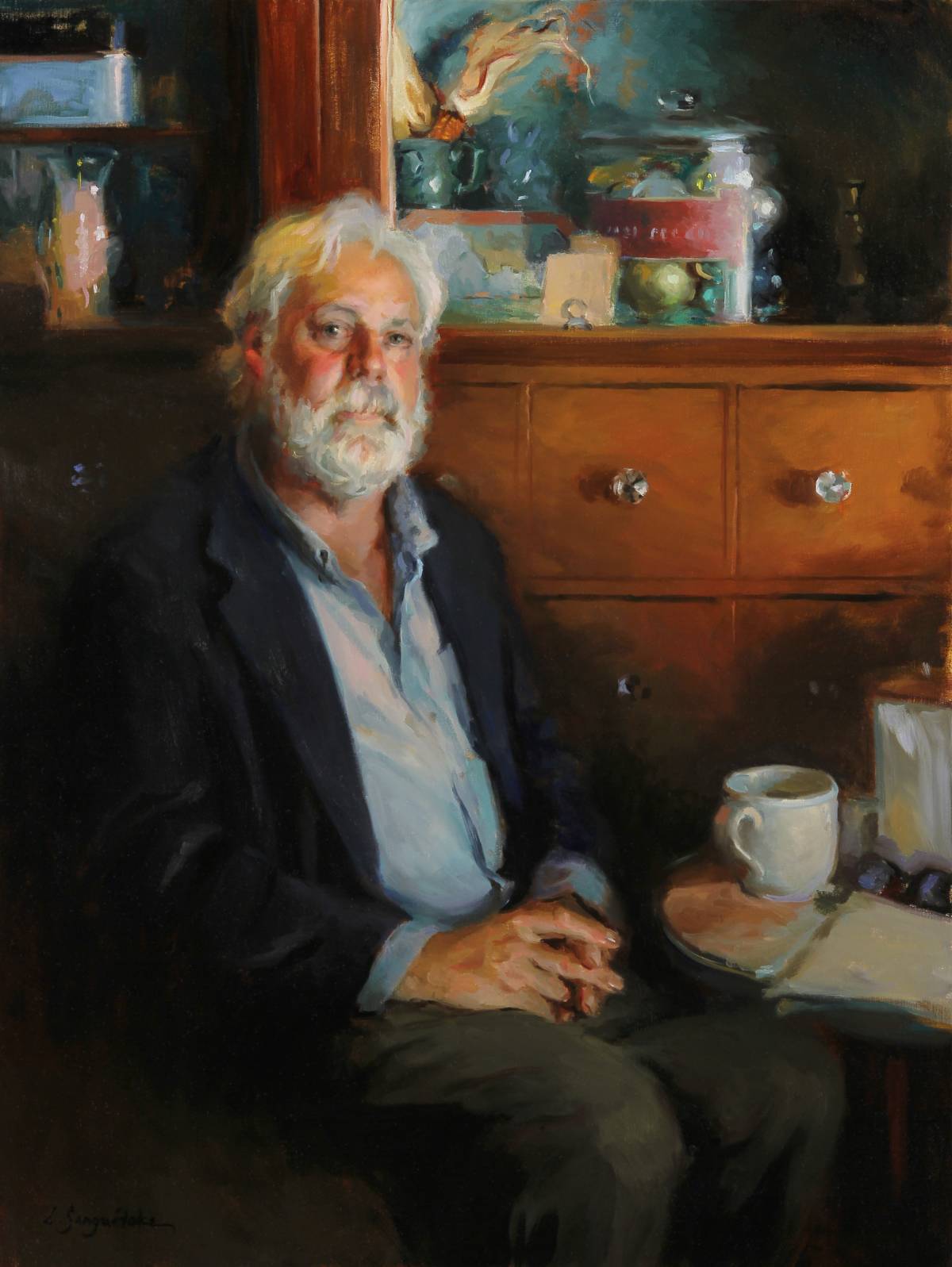
Each new exciting discovery further eroded the walls of false security I had built around my identity as an artist. It was important to shed those skins, put my ego on a shelf—however painful and humbling the process—and open up to what else I might learn.
Although I didn’t have the benefit of an established curriculum at a particular school, through this unlikely path I gained the ability to cultivate an inner dialogue and recognize the clues that art, life and my own work provided to me. It took time to tie it all together, create order, and make sense of it.
As I continue today to shed those self-imposed limitations, I am free to let my intuition and inspiration be my compass and guide me in the right direction. And that compass has proven to be my best tool of all.
Learn more about Lynn Sanguedolce: www.lrsanguedolce.com
Discover more inspiration for artists: RealismToday.com
Visit EricRhoads.com (Publisher of Realism Today) to learn about opportunities for artists and art collectors, including: Art Retreats – International Art Trips – Art Conventions – Art Workshops (in person and online) – And More!


